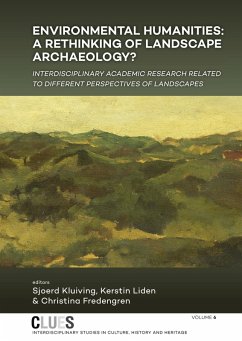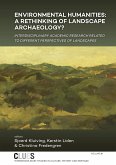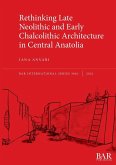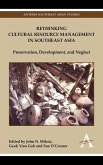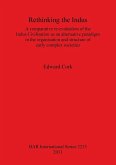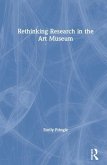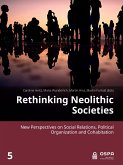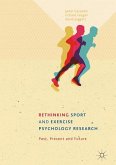There has been an increasing archaeological interest in human-animal-nature relations, where archaeology has shifted from a focus on deciphering meaning, or understanding symbols and the social construction of the landscape to an acknowledgement of how things, places and the environment contribute with their own agencies to the shaping of relations.This means that the environment cannot be regarded as a blank space that landscape meaning is projected onto. Parallel to this, the field of environmental humanities poses the question of how to work with the intermeshing of humans and their surroundings.To allow the environment back in as an active agent of change, means that landscape archaeology can deal better with issues such as global warming, an escalating loss of biodiversity as well as increasingly toxic environment. However, this does not leave human agency out of the equation. It is humans who reinforce the environmental challenges of today.The scholarly field of the humanities deal with questions like how is meaning attributed, what cultural factors drive human action, what role is played by ethics, how is landscape experienced emotionally, as well as how concepts derived from art, literature, and history function in such processes of meaning attribution and other cultural processes. This humanities approach is of outmost importance when dealing with climate and environmental challenges ahead and we need a new landscape archaeology that meets these challenges, but also that meets well across disciplinary boundaries. Here inspiration can be found in discussions with scholars in the emerging field of Environmental Humanities.ContentsEnvironmental humanities a rethinking of landscape archaeology?Sjoerd Kluiving, Kerstin Lidén, Christina FredengrenNature and society: an integrated multi-perspective landscape approach in practiceOscar JacobssonTravel books as landscape archaeology reports: from history to ecological responsibility: The Example of Britishand American Travellers in the PyreneesFrancoise BessonFragments of the Wild: Wordsworth's Yew Trees and Contemporary ArchaeologyAndrew HoaenGeological and historical findings reveal differential anthropogenic substrate control in unique streets of Diemen, The NetherlandsRonald van Gelder, Sjoerd Kluiving, Inger Leemans, Ruben den Ouden, Jan GoedhartRe-thinking Deep Time LandscapesChristina Fredengren
Hinweis: Dieser Artikel kann nur an eine deutsche Lieferadresse ausgeliefert werden.
Hinweis: Dieser Artikel kann nur an eine deutsche Lieferadresse ausgeliefert werden.

